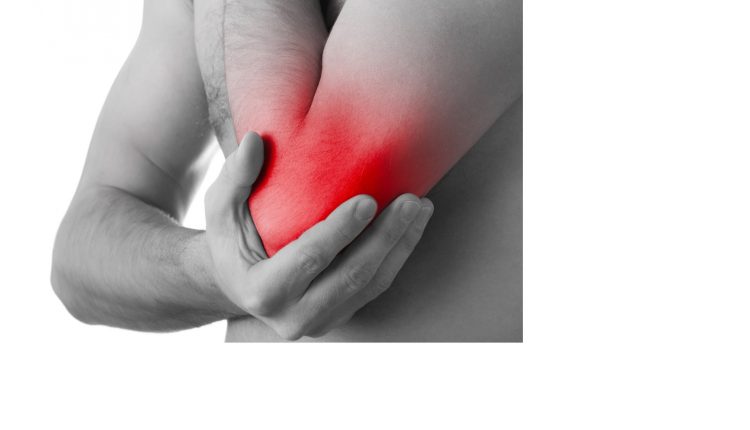
Little finger and ring finger tingling: symptoms of cubital tunnel syndrome
Cubital tunnel: when lying down with our arms up – perhaps while holding a smartphone or reading a book – we may experience discomfort and tingling in the last two fingers of our hands
This may be a temporary symptom, but if the discomfort becomes chronic, we could be dealing with what is known as cubital tunnel syndrome.
What is cubital tunnel syndrome?
Cubital tunnel syndrome is a compression of the ulnar nerve at the elbow, the most frequent nerve compression of the upper limb – after carpal tunnel syndrome.
Compression of the ulnar nerve may be due to anatomical changes in the cubital canal, which may have become deformed due to arthrosis or also due to a previous elbow fracture that has altered the normal anatomy of the elbow.
The nerve can also become compressed due to other causes, such as:
- prolonged holding of incorrect postures
- repetitive movements;
- activities that keep the elbow in a flexed position for a long time;
- continuous use of vibrating instruments;
- certain sports.
Cubital tunnel syndrome: why the tingling?
Cubital tunnel syndrome is caused by an irritation of the ulnar nerve as it passes to the elbow in a channel called the ‘epitrochlear-olecranon shower’, which is bounded by the bones of the elbow and a ligament that delimits the space.
As this canal is very small, when the elbow is bent, the nerve is pressed against this ligament and, in this way, will receive little blood: the tingling is, in essence, the ‘manifestation’ of the fact that blood is not getting through properly.
Cubital tunnel syndrome: symptoms
The symptoms of cubital tunnel syndrome differ depending on how advanced the syndrome is.
In the early stages, tingling in the ring and little finger are an important indicator.
Later, the patient may not feel, or feel less, the fingertips of the ring and little finger.
In more severe cases, the inability (or reduction) of adduction and abduction movements of the fingers of the hand is added to the previous symptoms.
Cubital tunnel syndrome: treatment according to severity
In the early stages of the disorder, small behavioural changes can be implemented that will allow it to be resolved.
For example, in the case of office work, it will be sufficient to move the chair away from the desk by a few centimetres, so that the elbows can be extended.
In the car, one could move the seat back, when reading, one could hold the book a few centimetres further away than usual.
If, on the other hand, the disorder is at a more advanced stage, the specialist may propose the use of a brace during the night, for a limited period to be agreed upon during the visit.
In fact, it is precisely during the night hours that our elbows remain bent for many hours since by nature, we tend to assume a protective attitude.
Cubital tunnel syndrome: when is surgery needed?
If, after the initial measures, the situation does not change, the specialist may indicate the performance of electromyography, an examination that aims to measure the ability to conduct the electrical stimulus from one point to another.
This parameter is a direct function of the health status of the nerve: the faster the nerve conducts the stimulus, the better its ‘health condition’ and vice versa.
If the speed is reduced, there may be something wrong, and decompression surgery may be necessary.
The surgery consists of ‘opening’ the small ligament that closes the cubital canal, so that the nerve can find the right space as it is no longer obstructed.
The operation is performed on an outpatient basis under local anaesthesia only in the arm, does not involve any immobility in the post-operative period, does not require physiotherapy in the post-operative period, and lasts about 15 minutes.
Read Also:
Emergency Live Even More…Live: Download The New Free App Of Your Newspaper For IOS And Android
Healing Wounds And Perfusion Oximeter, New Skin-Like Sensor Can Map Blood-Oxygen Levels
Finger Twitching: Why It Happens And Remedies For Tenosynovitis
When A Finger Does Not Flex: Tenolysis Of The Extensor Tendons
Fibromyalgia: The Importance Of A Diagnosis
Electromyography (EMG), What It Assesses And When It Is Done
Carpal Tunnel Syndrome: Diagnosis And Treatment



